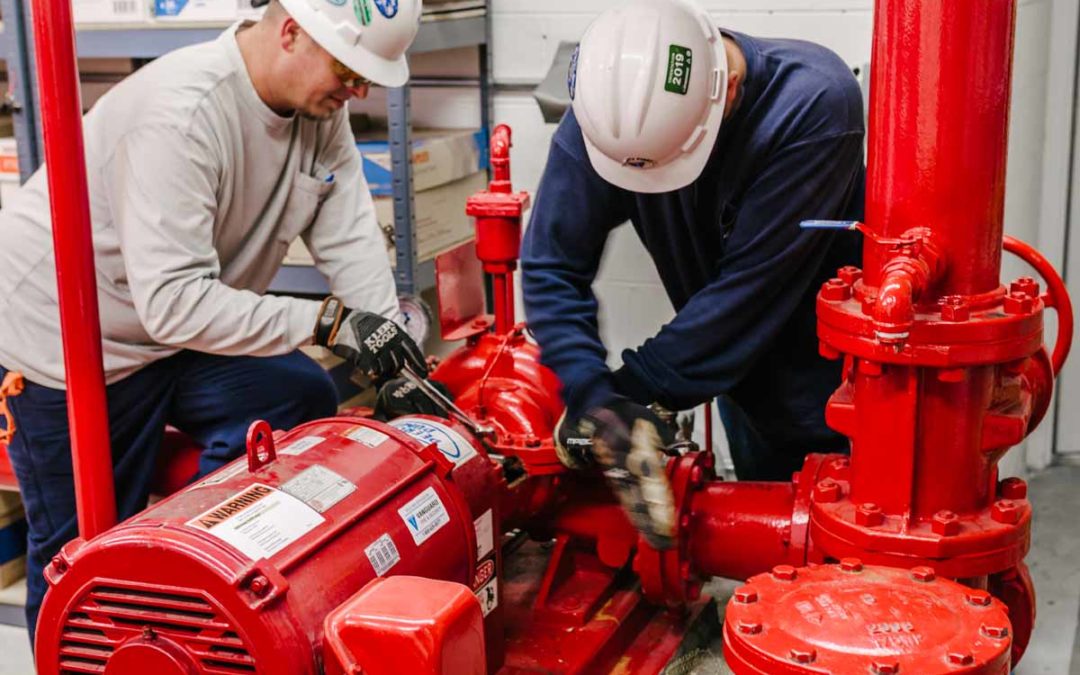There are three main types of fires: cooking fires, heating fires and electrical fires. Each has its own set of response guidelines, which we'll discuss below.
Cooking Fires
When a cook fire starts, the heat from the flames will cause the air to become saturated with water vapor. This mixture, called "fire fog," will rise up through the smoke and ignite any other flammable materials in the area.
The best way to avoid a cook fire is to prevent food from burning in the first place – keep your stovetop clean and out of reach of flames. If a cooking fire does start, stay calm and use common sense – don't try to extinguish it with water or a garden hose, for example. Use a bucket or wet cloth to put out the flames and evacuate the building. If you want to repair a fire system for your home and business safety, You may check this link.

Image Source: Google
Heating Fires
When you turn on your furnace or heat up your house in winter, you're creating a heating fire. Heating fires are similar to cooking fires in that they'll produce fire fog – but they also generate extremely high temperatures (in excess of 2,000 degrees Fahrenheit) that can cause extensive damage.
If you smell gas or see sparks coming from an appliance in your home, don't touch it – call emergency services right away. In cases where there's extensive damage – like entire walls melting away due to intense heat – firefighters may have to use automatic suppression systems (like foam) to put out the fire before it spreads too far.
There are many types of repair services provided by fire system engineers. Fire system engineers can help with things like repairs to water piping, sprinkler systems, and automatic fire detectors. They can also help with installation and maintenance of fire detection and suppression systems.
